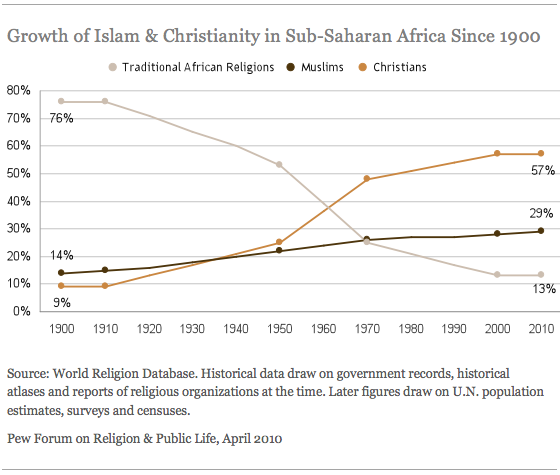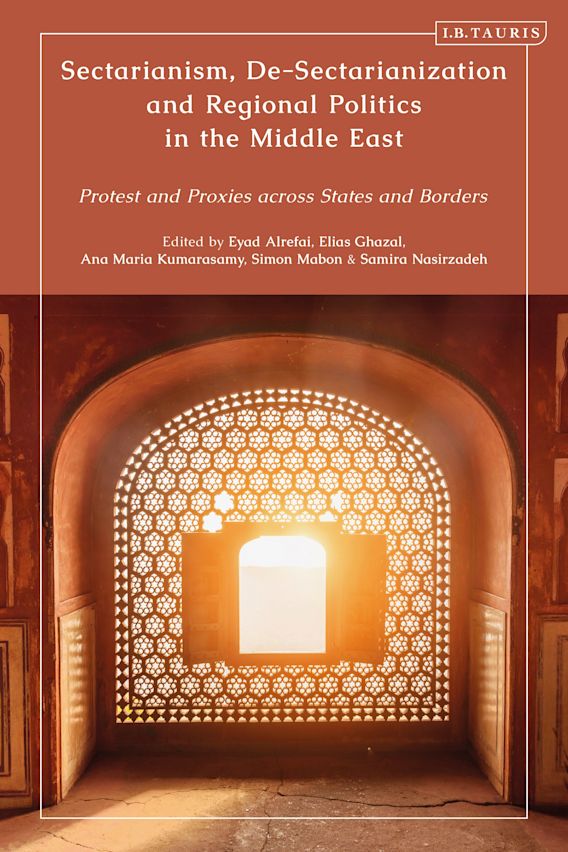Five Myths of Sectarianism within Islam in the Contemporary Middle East
5 (204) · € 14.00 · En Stock
By Payam Mohseni and Mohammad Sagha* Since the turn of the century and the increased global focus on the Middle East and Muslim world, many scholars have been quick to recognize the wide gap of knowledge and understanding of Islam in the West, including in the United States. While some progress has been made in better understanding the religion, when it comes to cultural and social diversities within Islam, we see the major ongoing recurrence of problematic generalizations and misunderstandings regarding the two major sects of Islam (Sunnism and Shi’ism) as well as sectarianism in the Muslim world. These problematic narratives pervade mainstream analysis on the Middle East and posit, for instance, a rigid and eternal “Shi’a-Sunni” divide that subsequently is behind conflict in the region. This elementary understanding—that there exists different sects and denominations within Islam– thus can and does feed into false and simplistic narratives of ancient sectarian violence within the Islamic world.

Tolerance and Tension: Islam and Christianity in Sub-Saharan

Sectarianism, De-Sectarianization and Regional Politics in the

Five Myths of Sectarianism within Islam in the Contemporary Middle

Tolerance and Tension: Islam and Christianity in Sub-Saharan

Understanding 'Sectarianism': Sunni-Shi'a Relations in the Modern

Age of Coexistence: The Ecumenical Frame and the Making of the

The Specter of Sectarian Violence in Syria - New Lines Magazine

Sectarianism and Coexistence in the Modern Middle East
_Colle%CC%80ge_d'Antoura_la_%5B...%5DSalles_Andre%CC%81_btv1b531992612_1.jpg?width=3840&quality=75&format=auto)
Ottoman cosmopolitanism and the myth of the sectarian Middle East

Islam - Eschatology, Judgment, Afterlife

Palestinian Islamic Jihad (PIJ), Group, Gaza, & Jenin












